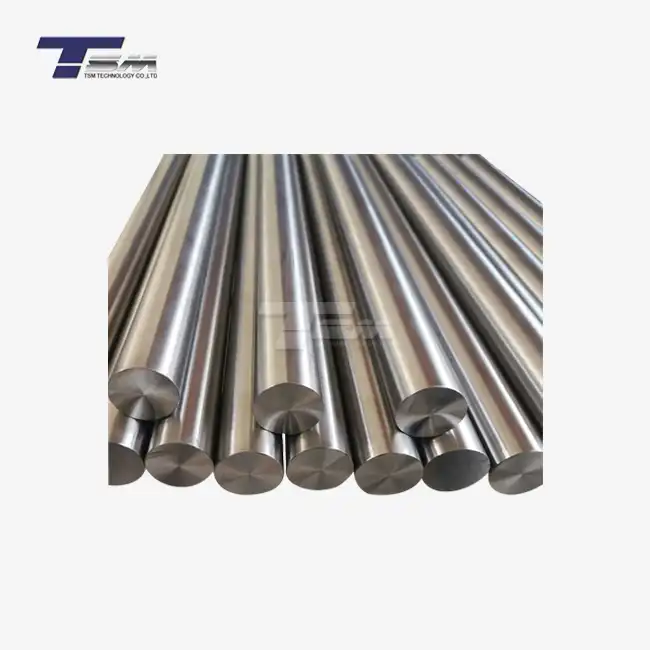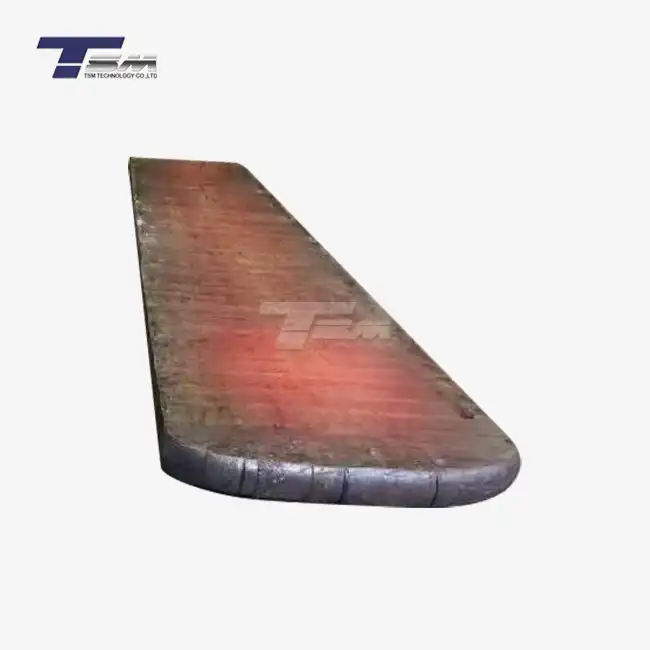- English
- French
- German
- Portuguese
- Spanish
- Russian
- Japanese
- Korean
- Arabic
- Greek
- German
- Turkish
- Italian
- Danish
- Romanian
- Indonesian
- Czech
- Afrikaans
- Swedish
- Polish
- Basque
- Catalan
- Esperanto
- Hindi
- Lao
- Albanian
- Amharic
- Armenian
- Azerbaijani
- Belarusian
- Bengali
- Bosnian
- Bulgarian
- Cebuano
- Chichewa
- Corsican
- Croatian
- Dutch
- Estonian
- Filipino
- Finnish
- Frisian
- Galician
- Georgian
- Gujarati
- Haitian
- Hausa
- Hawaiian
- Hebrew
- Hmong
- Hungarian
- Icelandic
- Igbo
- Javanese
- Kannada
- Kazakh
- Khmer
- Kurdish
- Kyrgyz
- Latin
- Latvian
- Lithuanian
- Luxembou..
- Macedonian
- Malagasy
- Malay
- Malayalam
- Maltese
- Maori
- Marathi
- Mongolian
- Burmese
- Nepali
- Norwegian
- Pashto
- Persian
- Punjabi
- Serbian
- Sesotho
- Sinhala
- Slovak
- Slovenian
- Somali
- Samoan
- Scots Gaelic
- Shona
- Sindhi
- Sundanese
- Swahili
- Tajik
- Tamil
- Telugu
- Thai
- Ukrainian
- Urdu
- Uzbek
- Vietnamese
- Welsh
- Xhosa
- Yiddish
- Yoruba
- Zulu
Eddy Current Testing for Weld Inspections: Techniques and Best Practices
Eddy Current Testing (ECT) has emerged as a pivotal non-destructive testing method for weld inspections, offering unparalleled accuracy and efficiency. This advanced technique utilizes electromagnetic fields to detect surface and near-surface flaws in conductive materials, making it invaluable for ensuring weld integrity in various industries. By employing ECT, inspectors can identify discontinuities, cracks, and other defects without compromising the structural integrity of the welded components. This article delves into the intricate techniques and best practices of Eddy Current Testing for weld inspections, highlighting its significance in maintaining quality standards and enhancing overall product reliability in the realm of precision engineering and manufacturing.
Fundamentals of Eddy Current Testing in Weld Inspection
Principles of Eddy Current Testing
Eddy Current Testing operates on the principle of electromagnetic induction. When an alternating current is applied to a coil near a conductive material, it generates a magnetic field. This field induces circular electrical currents, known as eddy currents, within the material. Any discontinuities or variations in the material's structure disrupt these eddy currents, causing changes in the magnetic field that can be detected and analyzed.

Applications in Weld Inspection
In weld inspection, ECT proves particularly useful for detecting surface and near-surface flaws. It excels in identifying cracks, porosity, and lack of fusion in various welded joints. The technique is especially valuable for inspecting welds in tubular structures, where access from both sides may be limited. ECT can be applied to a wide range of conductive materials, including nickel alloys, stainless steels, and other superior metals commonly used in precision engineering.
Advantages Over Other NDT Methods
Compared to other non-destructive testing methods, ECT offers several advantages for weld inspection. It provides rapid results, requires minimal surface preparation, and can be automated for high-speed scanning. Additionally, ECT is highly sensitive to small defects and can be used on complex geometries. Its non-contact nature also makes it suitable for inspecting hot or sensitive surfaces without causing damage.
Advanced Techniques in Eddy Current Testing for Welds
Multi-Frequency Eddy Current Testing
Multi-frequency ECT is an advanced technique that utilizes multiple test frequencies simultaneously. This approach enhances the detection capabilities and allows for better discrimination between different types of flaws. By analyzing the responses at various frequencies, inspectors can gather more comprehensive information about the weld's condition, including defect depth and size estimation.
Pulsed Eddy Current Testing
Pulsed Eddy Current (PEC) testing involves applying a pulsed excitation signal instead of a continuous wave. This technique offers improved penetration depth and is particularly effective for inspecting welds through coatings or insulation. PEC can provide valuable information about subsurface defects and is less sensitive to lift-off variations, making it suitable for automated scanning systems.
Array Eddy Current Testing
Array ECT employs multiple coils arranged in a specific pattern to cover a larger inspection area simultaneously. This technique significantly increases the speed and efficiency of weld inspections, especially for long seam welds or large structures. Array probes can be customized to match the weld geometry, ensuring comprehensive coverage and improving the probability of defect detection.
Best Practices for Implementing Eddy Current Testing in Weld Inspection
Probe Selection and Calibration
Selecting the appropriate probe is crucial for effective weld inspection. Factors to consider include the weld geometry, material properties, and expected defect types. Pencil probes are often used for localized inspections, while array probes are preferred for scanning larger areas. Proper calibration using reference standards that closely match the inspection material and expected defects is essential for accurate results. Regular verification of probe performance ensures consistent and reliable inspections.
Inspection Planning and Procedure Development
Developing a comprehensive inspection plan is vital for successful ECT implementation. This involves defining the inspection objectives, identifying critical areas, and determining the appropriate scanning patterns. The inspection procedure should detail the equipment settings, calibration requirements, and acceptance criteria. It's crucial to consider factors such as surface condition, accessibility, and potential interference sources when planning the inspection.
Data Analysis and Interpretation
Accurate interpretation of ECT signals is essential for reliable weld inspection. This requires a thorough understanding of the signal characteristics associated with different types of weld defects. Advanced signal processing techniques, such as phase analysis and multi-parameter evaluation, can enhance defect detection and characterization. Implementing automated data analysis algorithms can improve consistency and reduce operator dependency in signal interpretation.
Training and Certification
Proper training and certification of ECT operators are crucial for ensuring the quality and reliability of weld inspections. Operators should be well-versed in ECT principles, equipment operation, and signal interpretation. Certification programs, such as those offered by recognized NDT societies, provide a standardized approach to verifying operator competence. Ongoing training and periodic performance evaluations help maintain and improve inspection skills.
Integration with Other NDT Methods
While ECT is a powerful inspection tool, integrating it with other NDT methods can provide a more comprehensive assessment of weld quality. Combining ECT with techniques such as ultrasonic testing or radiography can offer complementary information and improve overall defect detection capabilities. This multi-method approach is particularly valuable for critical welds or complex geometries where a single inspection method may have limitations.
Conclusion
Eddy Current Testing has revolutionized weld inspection practices, offering a powerful, non-destructive method for ensuring the integrity of welded structures. By employing advanced techniques such as multi-frequency, pulsed, and array ECT, inspectors can achieve higher levels of accuracy and efficiency in detecting weld defects. Adhering to best practices in probe selection, inspection planning, and data analysis is crucial for maximizing the benefits of ECT in weld inspection. As the demand for superior alloys and precision-engineered components continues to grow, the role of ECT in maintaining quality standards becomes increasingly significant. By embracing these techniques and best practices, industries can enhance their weld inspection capabilities, ultimately leading to improved product reliability and safety.
Contact Us
For more information on how our superior alloys and quality control processes can benefit your precision engineering projects, please contact us at info@tsmnialloy.com. TSM TECHNOLOGY is committed to providing innovative solutions and exceptional quality in the field of superior nickel alloys and special metals.
References
García-Martín, J., Gómez-Gil, J., & Vázquez-Sánchez, E. (2011). Non-destructive techniques based on eddy current testing. Sensors, 11(3), 2525-2565.
Yusa, N., Janousek, L., Rebican, M., Chen, Z., Miya, K., Chigusa, N., & Uchimoto, T. (2006). Detection of embedded fatigue cracks in Inconel weld overlay and the evaluation of the minimum thickness of the weld overlay using eddy current testing. Nuclear Engineering and Design, 236(18), 1852-1859.
Kleven, N. F., & Ljøkjel, R. (2018). Advanced eddy current array probe for detection of surface flaws in small diameter tubes. NDT & E International, 93, 18-25.
Rosado, L. S., Santos, T. G., Piedade, M., Ramos, P. M., & Vilaça, P. (2010). Advanced technique for non-destructive testing of friction stir welding of metals. Measurement, 43(8), 1021-1030.
Huang, H., Sakurai, N., Takagi, T., & Uchimoto, T. (2003). Design of an eddy-current array probe for crack sizing in steam generator tubes. NDT & E International, 36(7), 515-522.
Mook, G., Hesse, O., & Uchanin, V. (2007). Deep penetrating eddy currents and probes. Materials Testing, 49(5), 258-264.
Learn about our latest products and discounts through SMS or email



